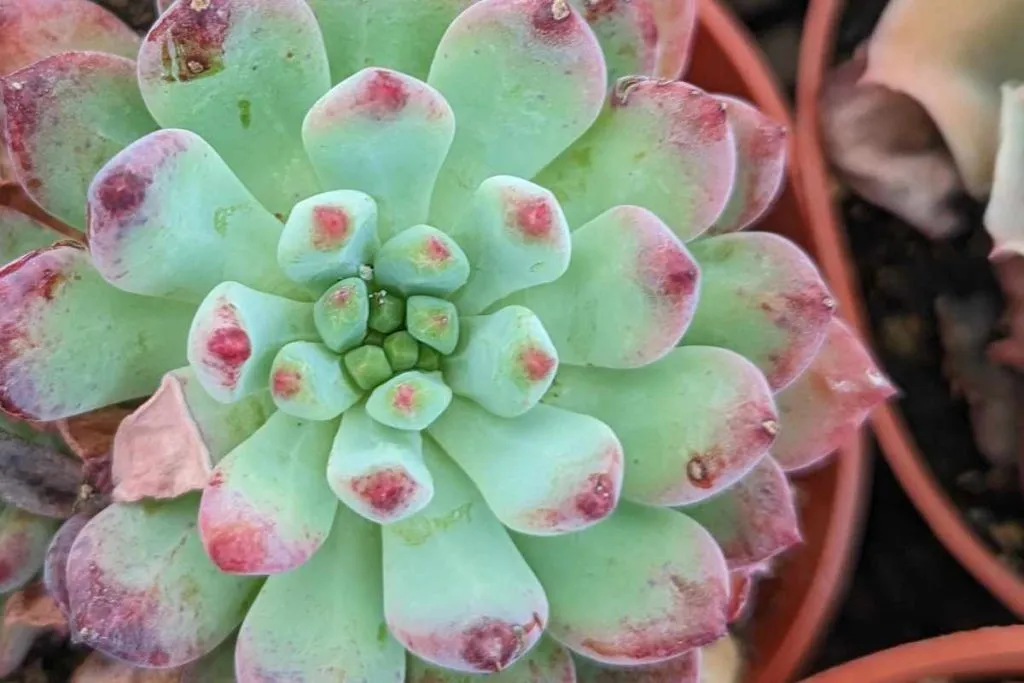What Plants Don't Like Epsom Salt? Tips for Much Better Plant Care
What Plants Don't Like Epsom Salt? Tips for Much Better Plant Care
Blog Article
Explore Why Some Plants Turn Down Epsom Salt as a Nutrient Source
In the intricate globe of plant nutrition, the denial of Epsom salt as a feasible nutrient source by some plants presents an interesting conundrum. The factors behind this discerning behavior delve right into an intricate interplay of plant absorption systems, the special chemical framework of Epsom salt, and plant-specific nutrient choices.
Plant Absorption Devices
In diving into the complex realm of plant absorption systems, it ends up being apparent that the process is governed by an advanced interplay of physiological dynamics and molecular paths. Plants soak up nutrients mostly via their origins, making use of various transportation systems to uptake crucial components such as nitrogen, magnesium, potassium, and phosphorus. Magnesium, an important component in chlorophyll synthesis and enzyme activation, plays an important role in plant development and growth.
The absorption of magnesium entails numerous steps, beginning with its schedule in the soil remedy. When liquified, magnesium ions are used up by plant origins via particular transport proteins installed in the cell membranes. These healthy proteins help with the activity of magnesium throughout the root cell wall surfaces and right into the plant's vascular system, where it is then dispersed to different cells to sustain numerous physiological functions.
Recognizing the complex systems behind magnesium absorption in plants drops light on how this important nutrient contributes to general plant health and wellness and efficiency. By maximizing magnesium uptake paths, cultivators can boost crop returns and top quality, emphasizing the value of comprehending plant absorption characteristics for sustainable agriculture techniques.
Epsom Salt Chemical Framework
The chemical framework of Epsom salt, likewise understood as magnesium sulfate heptahydrate, exposes an unique setup of components that contribute to its distinct homes and applications. The seven water particles are loosely adhered to the magnesium sulfate substance, enabling it to dissolve quickly in water and be readily taken up by plants via their roots.
The crystal framework of Epsom salt creates monoclinic prisms, which are lengthened crystals with parallel ends. This crystal form influences the physical homes of Epsom salt, such as its appearance and solubility. Understanding the chemical structure of Epsom salt is essential for comprehending its behavior as a nutrient resource and its interactions with plants in gardening and farming methods.
Plant-Specific Nutrient Preferences
Plants exhibit distinctive preferences for details nutrients, highlighting the relevance of recognizing their individual needs for optimum growth and advancement. These preferences are dictated by different elements, consisting of the plant types, stage of development, ecological problems, and dirt composition. For instance, some plants might prosper in nitrogen-rich dirts, while others need more phosphorus or potassium for healthy and balanced growth. Recognizing these plant-specific nutrient choices is crucial for making the most of crop yields, improving ornamental plant development, and advertising total plant health and wellness - what plants don't like epsom salt.

Plant-specific nutrient preferences can likewise vary based upon whether the plant is a monocot or dicot. Monocots, such as turfs and lilies, have different nutrient demands contrasted to dicots like roses and tomatoes. In addition, particular plants might display details shortages or poisonings when subjected to poor or excess levels of particular nutrients. By customizing nutrient supplementation to satisfy the accurate needs of each plant types, cultivators can optimize plant growth, lessen nutrition waste, and assistance lasting agricultural practices.

Soil Ph and Nutrient Uptake
Given the important role of plant-specific nutrient choices in optimizing development and wellness, understanding the connection in between dirt pH and nutrient uptake ends up being extremely important. Dirt pH plays an important duty in figuring out the availability of important nutrients for plant uptake. Different plants have differing pH preferences for optimum nutrient absorption. Acidic dirts with a lower pH are positive for plants like blueberries and azaleas, while alkaline dirts with a higher pH match plants such as lilacs and clematis.
On the other hand, alkaline soils may limit the accessibility of nutrients like zinc, iron, and copper, impacting plant development. Preserving the ideal pH degree in the soil is necessary for guaranteeing that plants can successfully uptake the needed nutrients for their healthy growth and performance.
Genetic Consider Nutrient Uptake
In the realm of plant nourishment, the interplay of hereditary variables considerably influences the uptake of essential nutrients vital for plant development and advancement. Hereditary aspects play a critical role in shaping a plant's capacity to soak up and utilize nutrients successfully. Variations in genes can influence the expression of transport proteins in charge of relocating nutrients across cell membrane layers. These transport healthy proteins, such as channels and service providers, are encoded by particular genetics that can differ among plant species or perhaps within the very same species.
In addition, genetic elements additionally identify the performance of nutrient uptake systems within plants. Some plants may have genetic characteristics that improve their capacity to scavenge nutrients from the dirt effectively, providing them an affordable benefit in nutrient-poor atmospheres. On the other hand, genetic variants can likewise lead to limitations in nutrient uptake, making certain plants a lot more susceptible to deficiencies even when nutrients are plentiful in the soil.
Recognizing just how hereditary factors affect nutrient uptake is critical for creating approaches to maximize plant nourishment and enhance crop performance in various agricultural settings. By untangling the hereditary systems associated with nutrient uptake, researchers can function towards creating genetically boosted plant selections with improved vitamins and mineral purchase capacities.
Conclusion

In the detailed world of plant nourishment, the rejection of Epsom salt as a sensible nutrient resource by some plants postures a fascinating problem. what plants don't like epsom salt. Understanding these plant-specific nutrient choices is critical for making the most of crop yields, enhancing ornamental plant growth, and advertising total plant health and wellness
By tailoring nutrient supplementation to satisfy the specific demands of each plant types, cultivators can enhance plant development, lessen nutrition waste, and his comment is here support sustainable agricultural techniques.
In the realm of plant nutrition, the interaction of hereditary variables substantially influences the uptake of vital nutrients crucial for plant development and advancement. Comprehending these intricacies in plant nutrient uptake is critical for maximizing plant development and wellness in farming methods.
Report this page